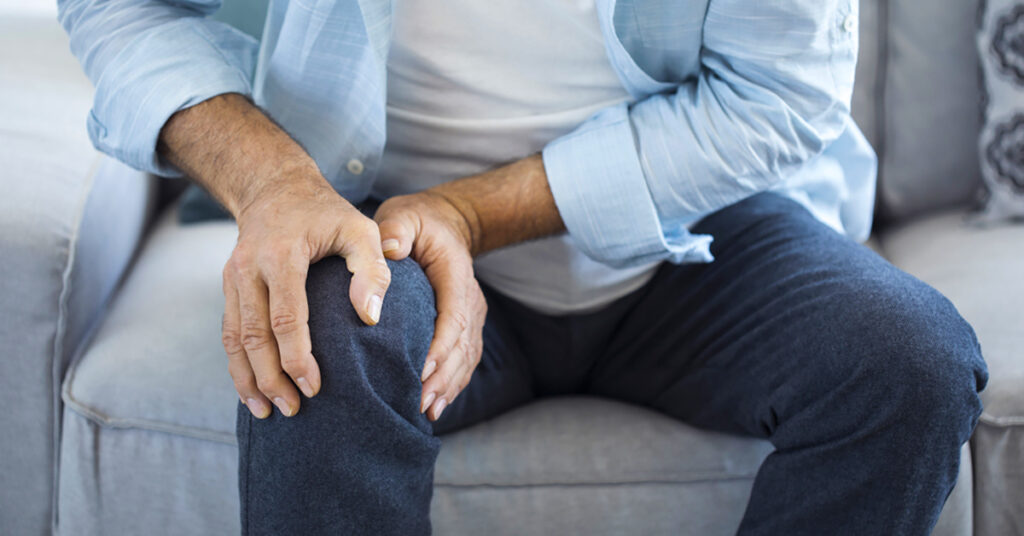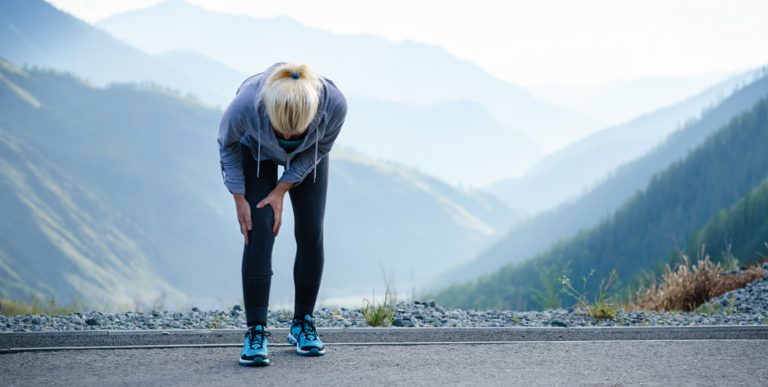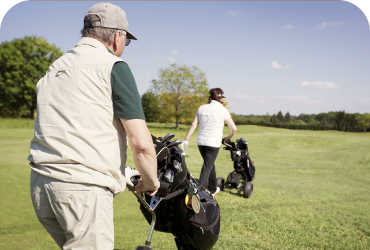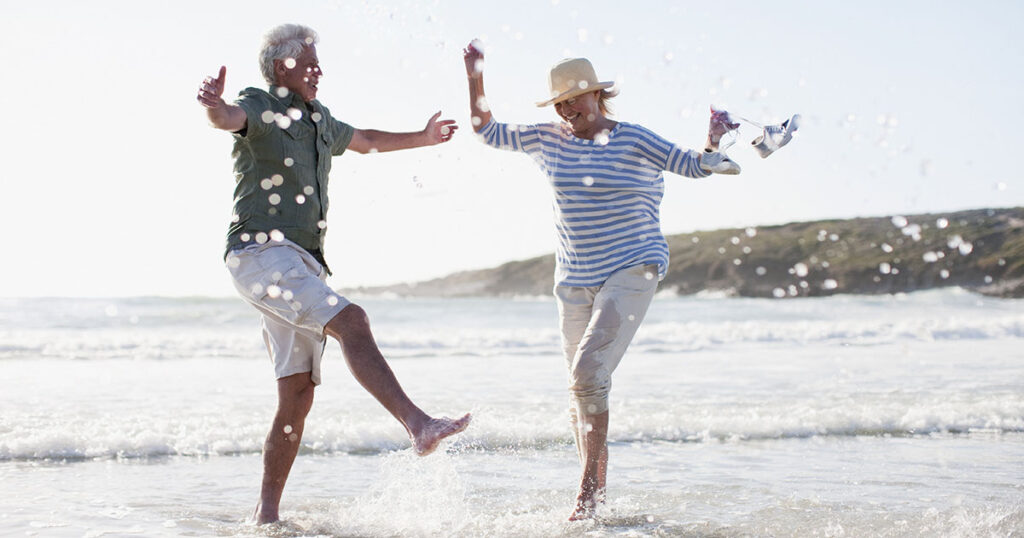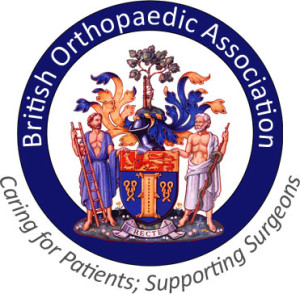Knee bursitis is the inflammation of your bursae – the small, fluid-filled sacs that cushion your joints. Your knee contains just over 20 bursae, which help to reduce friction between your tendons, ligaments, muscles and bones.
Each bursa consists of a very thin membrane containing synovial fluid. When bursitis arises, the membrane thickens, creating excess synovial fluid and inflammation.
It’s not uncommon for bursitis to be confused with tendonitis. The two conditions often arise at the same time.
The symptoms of knee bursitis
The main symptoms of bursitis include pain, swelling and tenderness around the knee joint. Your knee may feel warmer than usual and more painful when you move it or apply pressure. You may also experience some muscle weakness.
To diagnose bursitis, your doctor will examine your knees for signs of infection. They’ll gently move your legs to assess your range of motion and check whether it hurts when you bend or flex.
If further tests are needed to diagnose your condition, your GP may request an X-ray, MRI scan or ultrasound. An X-ray won’t diagnose bursitis, but it can help to rule out other causes.
If your doctor suspects that your bursae are infected, they may take a sample of synovial fluid to send off for testing.
Septic bursitis occurs when the bursae become infected. If this is left untreated, it can cause the bursae to fill with pus. Over time, it can permanently damage your knee joint. So, if you have an open cut or increased warmth or redness around your bursae, it’s especially important to seek medical advice.
What causes knee bursitis?
Bursitis is usually caused by repetitive actions or positions, for example, frequently kneeling on hard surfaces. It can also result from sports injuries.
The bursae around your knee joint are particularly susceptible to damage because they are just below the surface of your skin.
Bursitis is more common among older patients. Chronic conditions such as osteoarthritis, rheumatoid arthritis and gout can also increase your risk. In these cases, it’s essential to treat the underlying condition too.
Septic bursitis can be caused by puncture injuries, cuts, scrapes and bites, which allow bacteria or microorganisms to enter the bursae.
How we can treat knee bursitis
Bursitis usually improves by itself over time. So, you can start with conservative methods, including rest, ice and elevation:
- Rest your knee and avoid putting pressure on it
- Every few hours, hold an ice pack on the area for 10 minutes
- Elevate your knee to the level of your heart whenever you can
If you’re in pain, you can take over-the-counter painkillers such as paracetamol or ibuprofen to help ease your symptoms.
If your symptoms don’t improve or get worse after 1–2 weeks, you should make an appointment to see your GP. Contact them straight away if you have a fever, severe pain or you’re unable to move your knee.
Your GP may recommend a steroid injection, to help reduce the swelling, or physiotherapy to treat your symptoms and prevent future flare-ups. If you have septic bursitis, they might prescribe antibiotics to treat the infection.
If your bursitis is particularly severe or keeps reoccurring, it may be necessary for your doctor or a surgeon to drain, or even remove, the affected bursa.
How to avoid knee bursitis
You can reduce your risk of bursitis by:
- Warming up and cooling down before and after exercise
- Maintaining a healthy weight to avoid putting additional pressure on your joints
- Protecting your joints when they’re placed under excess pressure, for example, when you’re kneeling on a hard surface
- Avoiding activities or repetitive movements that aggravate your condition
- Keeping any cuts on your knees clean to prevent infection
Mr Nirav Shah is a consultant orthopaedic surgeon with decades of experience in diagnosing and treating knee conditions. If you’re affected by reoccurring knee bursitis, you can contact us directly to arrange an initial consultation.
